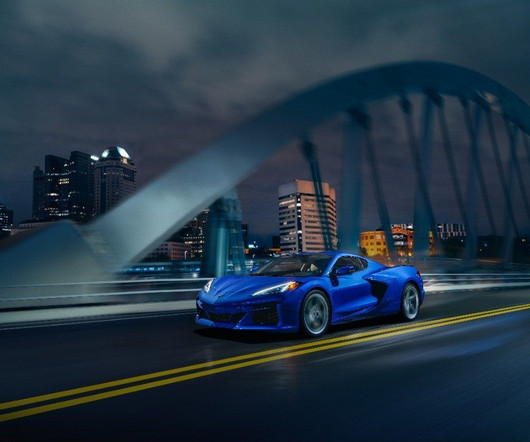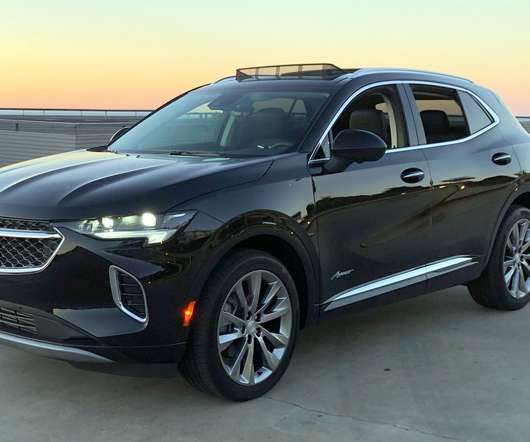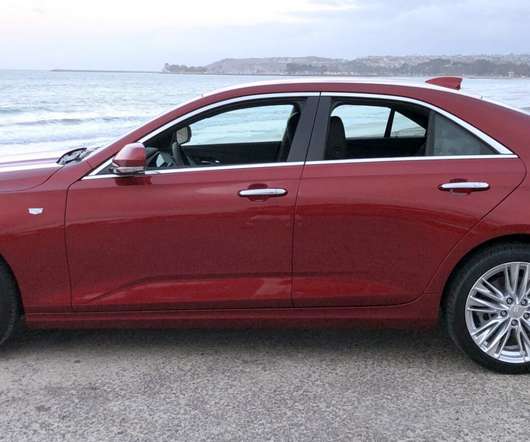First Drive: 2016 Hyundai Sonata PHEV and HEV
Green Car Congress
MAY 26, 2015
Hyundai began the US rollout of the 2016 Hyundai Sonata Plug-in Hybrid Electric Vehicle (PHEV) ( earlier post ) and its conventional hybrid sibling (HEV) with a series of media drives in California—one of the main markets for the PHEV, which offers some 24 miles (38.6 Sonata PHEV. Combined fuel economy (mpg).


































Let's personalize your content